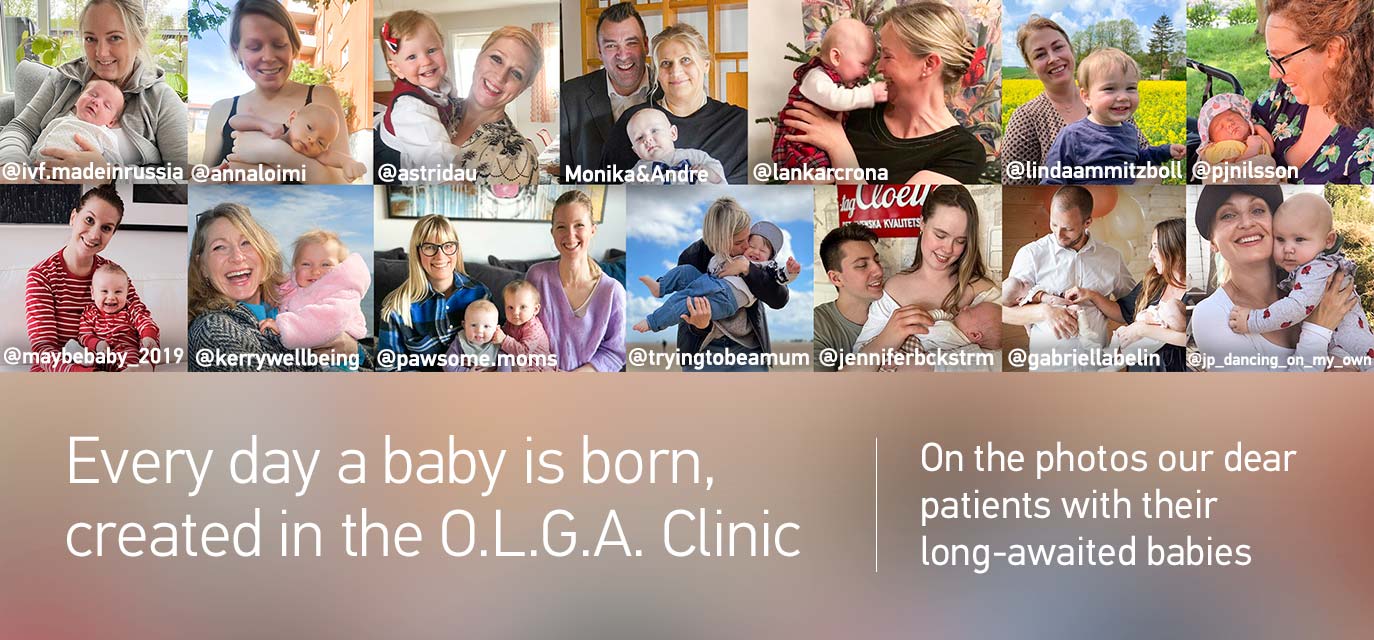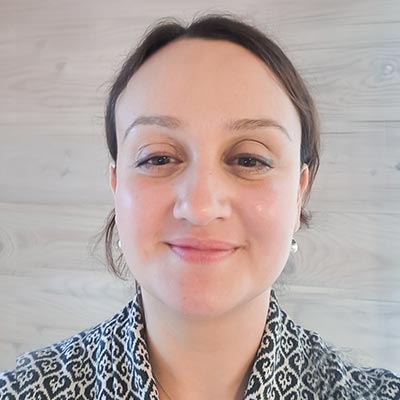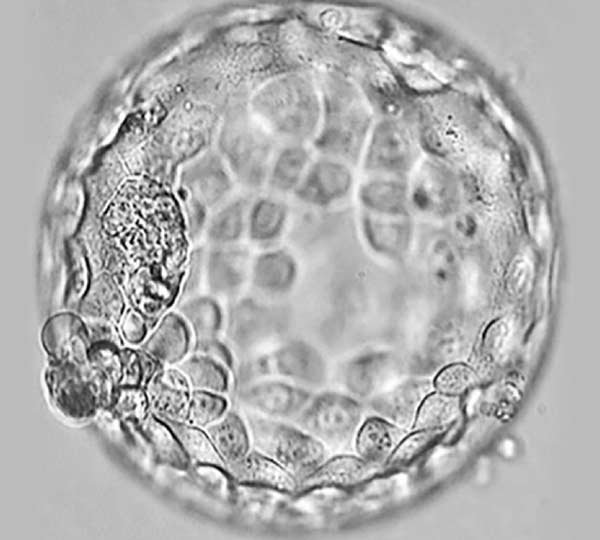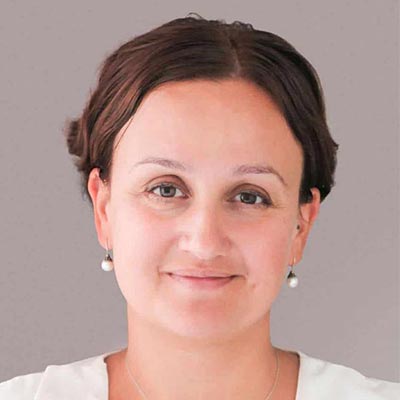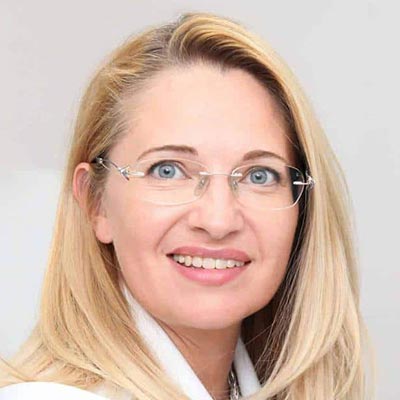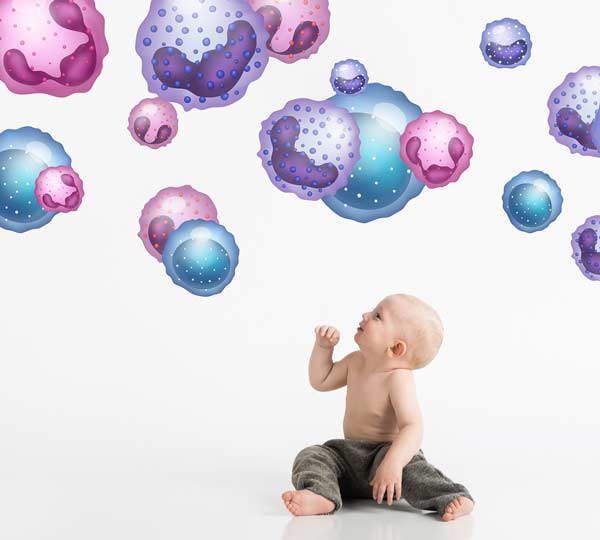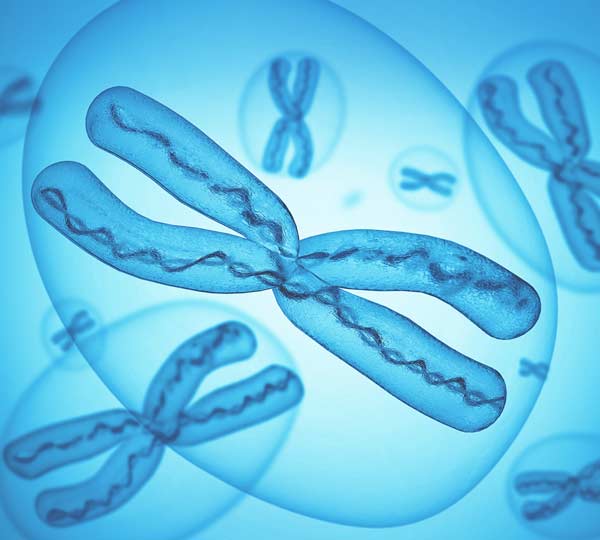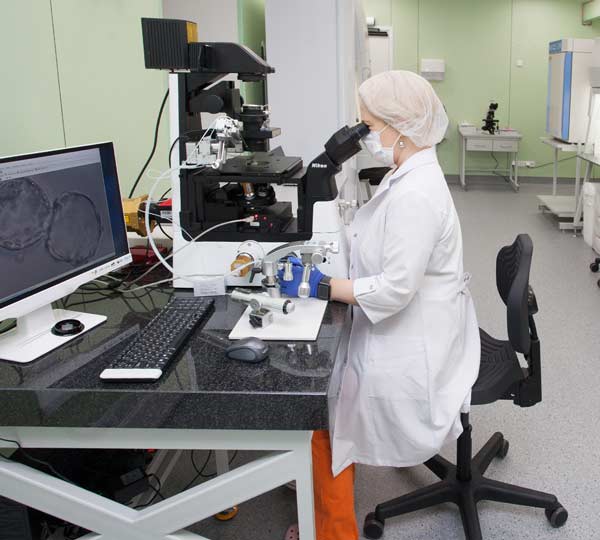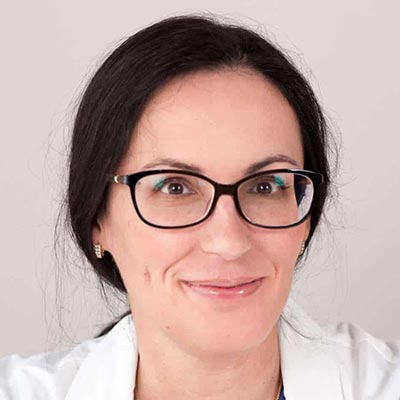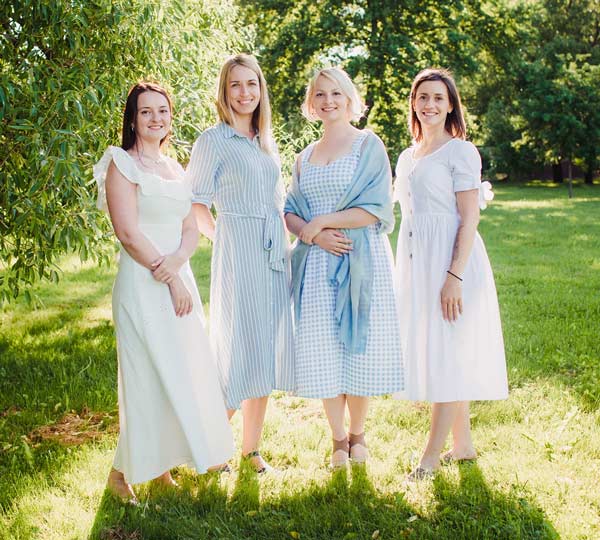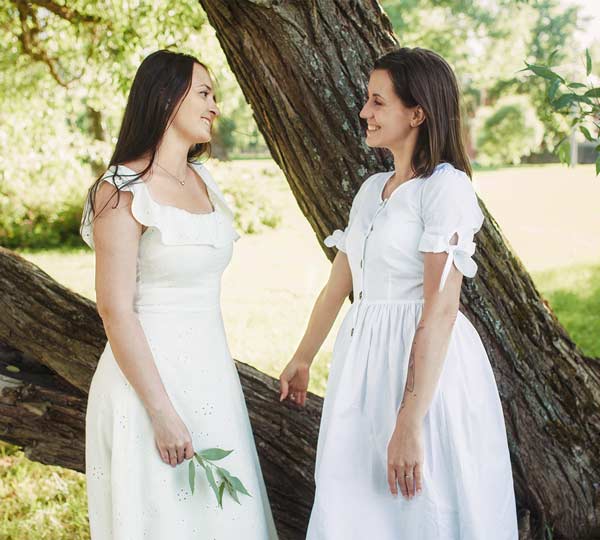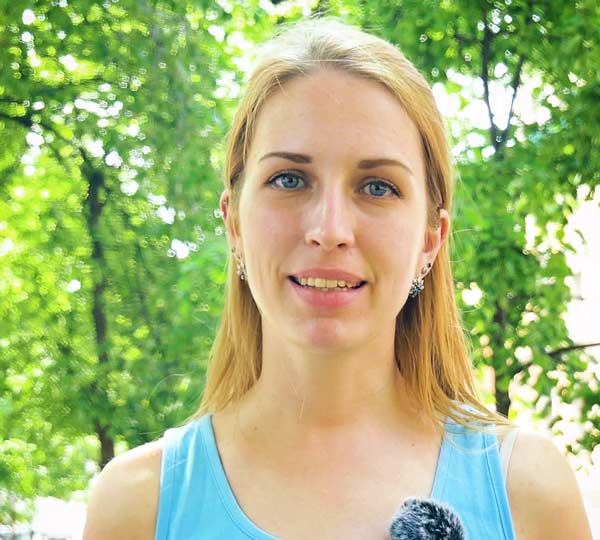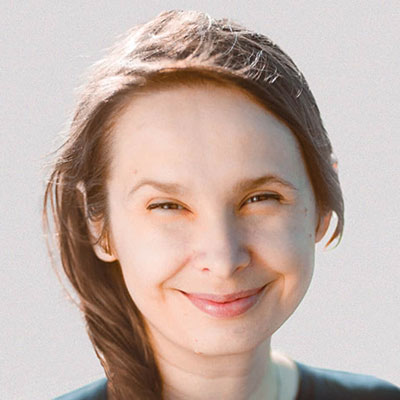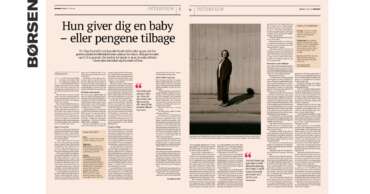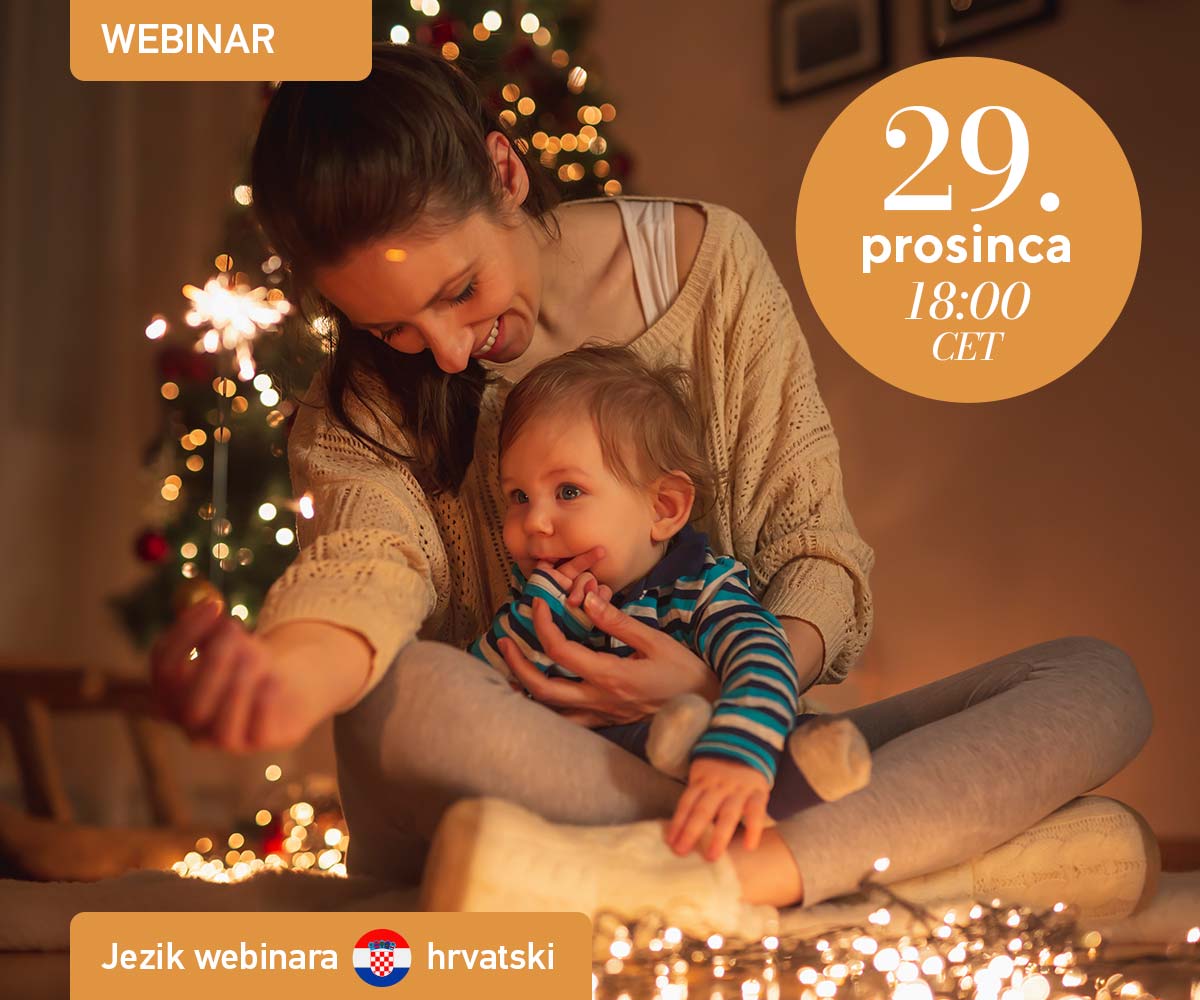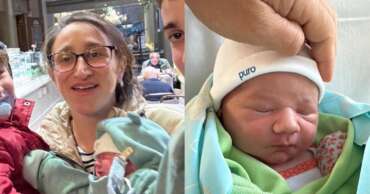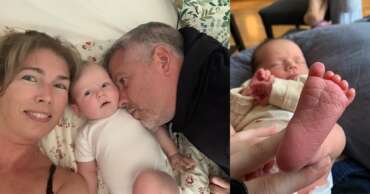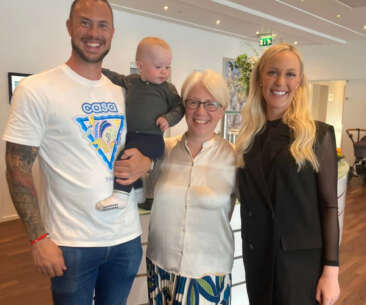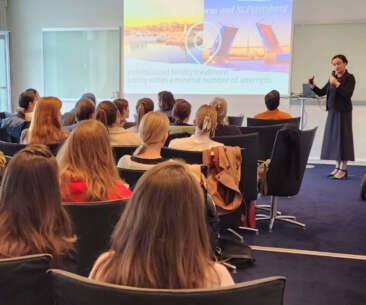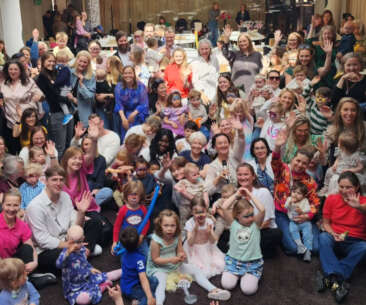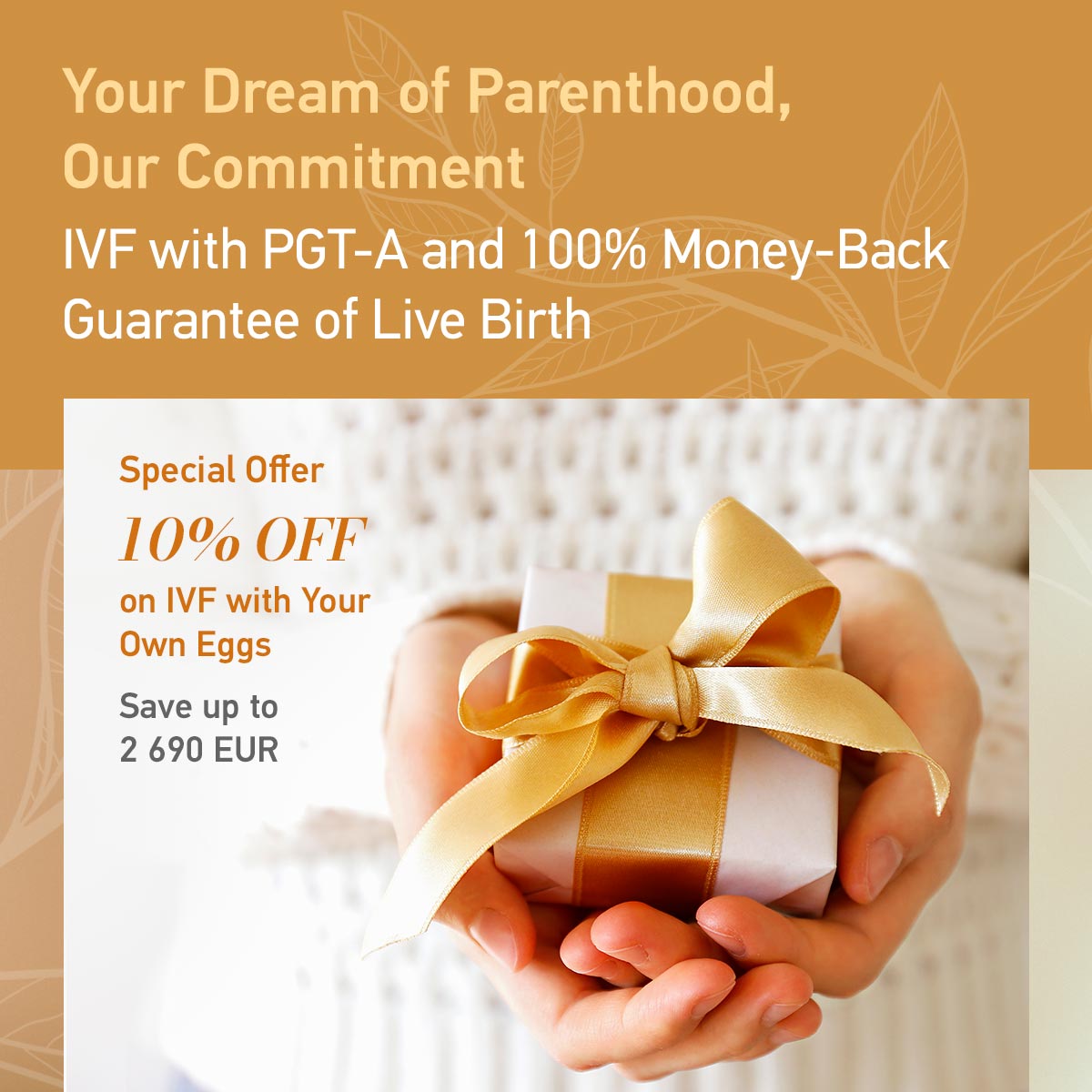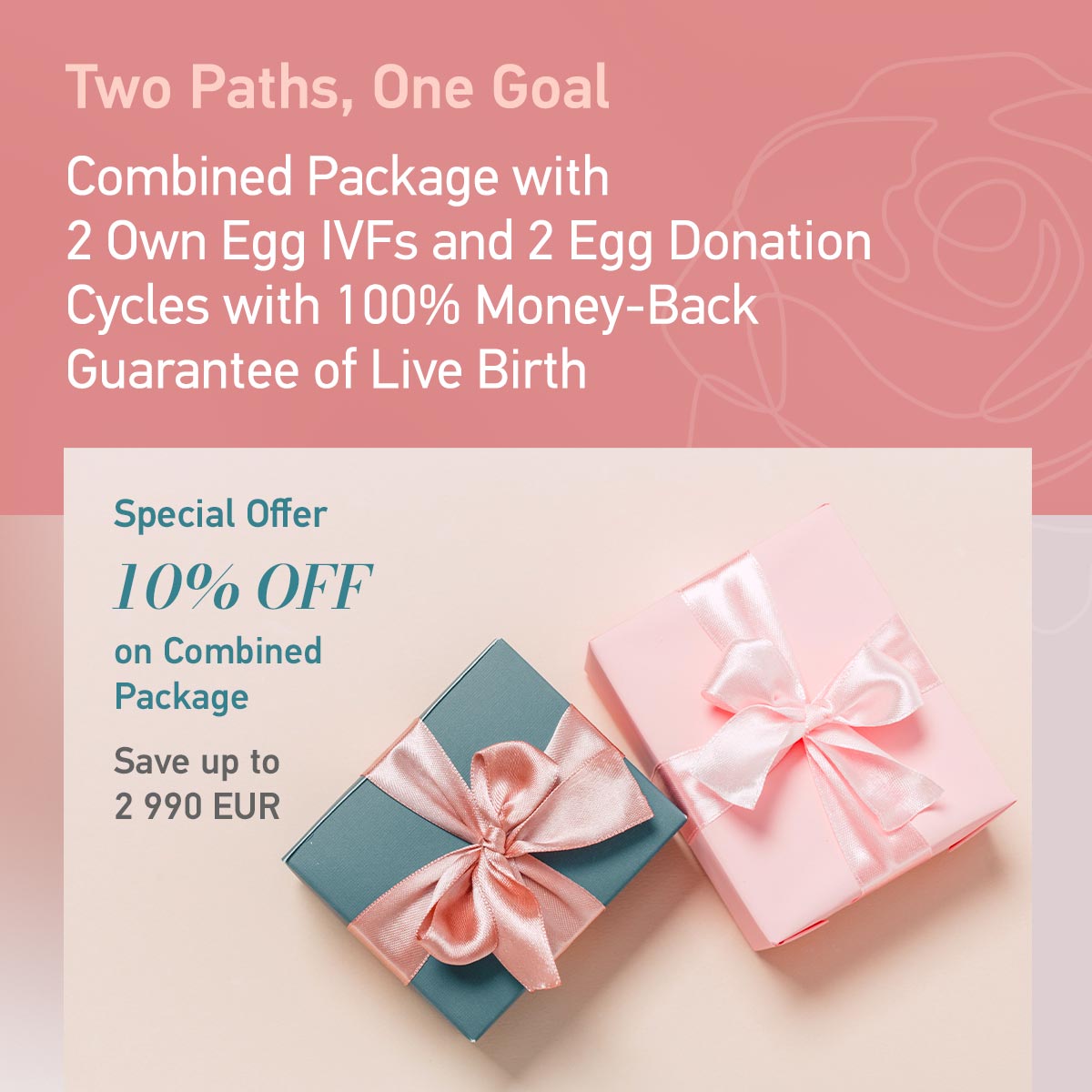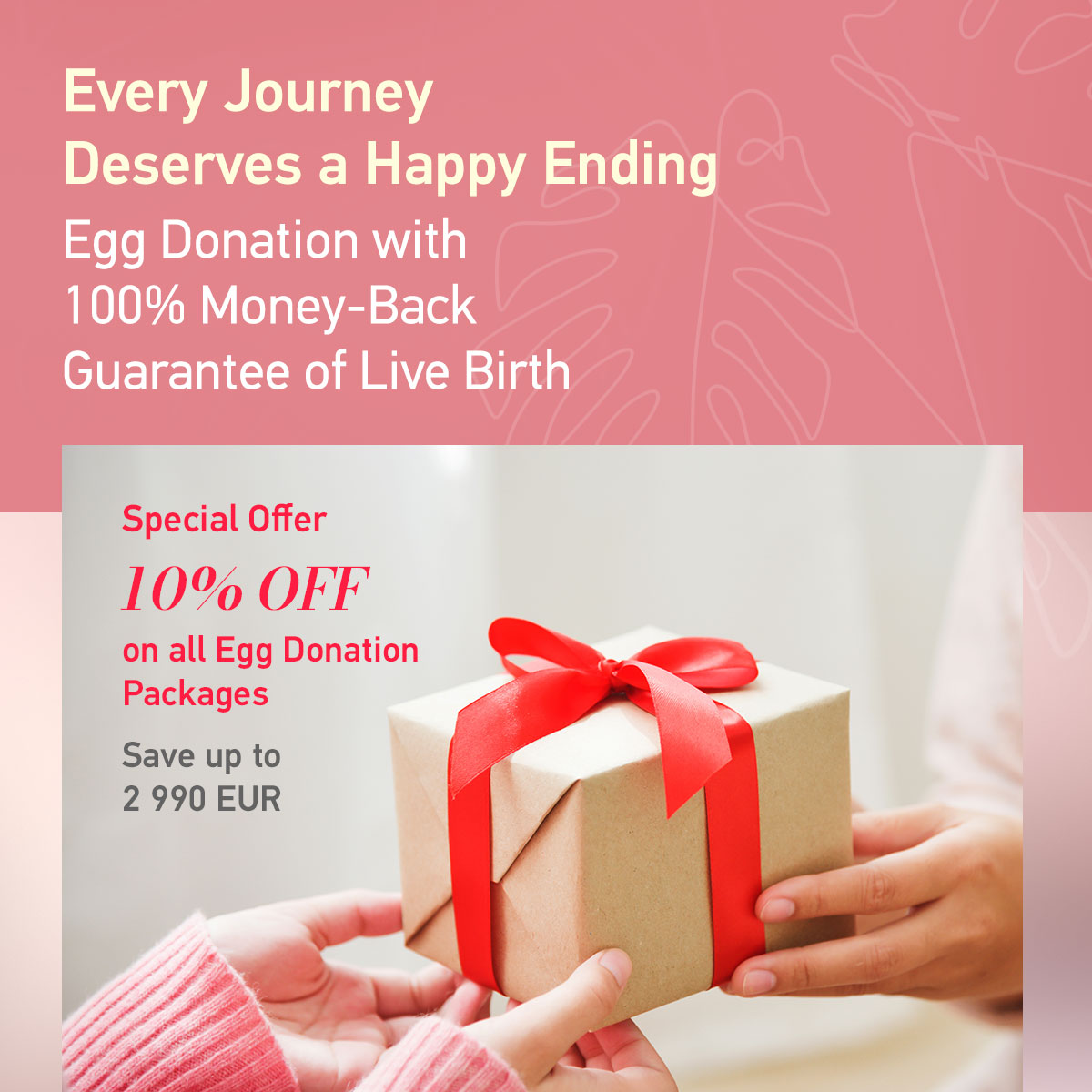Dr. Olga Zaytseff, an obstetrician-gynecologist and fertility specialist, the founder of O.L.G.A. Fertility:
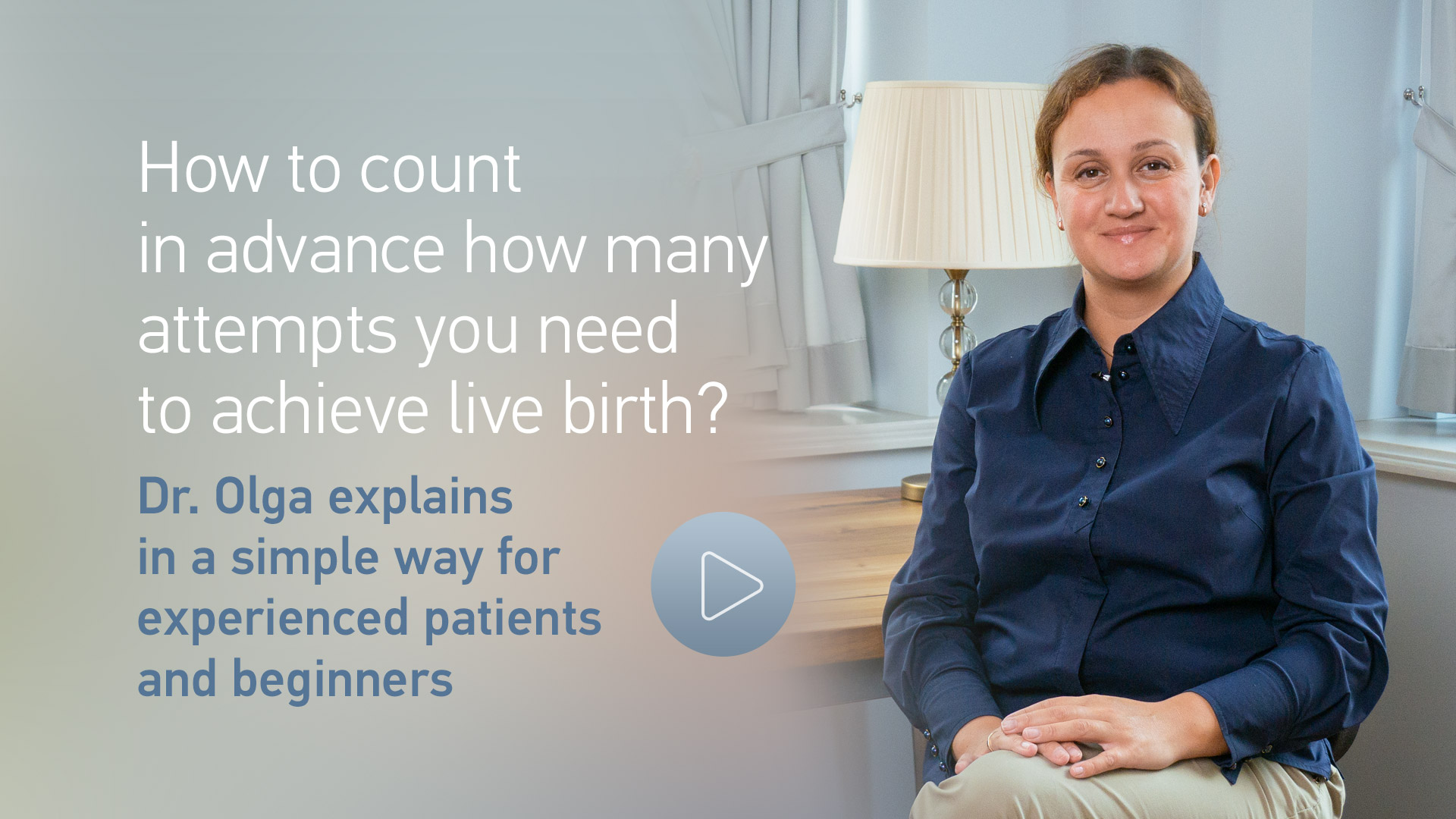
Dr. Olga Zaytseff
An obstetrician-gynecologist and fertility specialist, the founder of O.L.G.A. Fertility
Let’s start by defining what exactly we mean by the IVF success in O.L.G.A. Fertility. By the IVF success we mean not a completed IVF cycle, not a positive pregnancy test, and not even a clinical pregnancy. By the IVF success we mean the achievement of a live birth. O.L.G.A. Fertility Offers Livebirth Guarantee Assurance, it works on a baby or money back principle.
Here I will share with you how our knowledge and skills in fertility, biology and genetics help us define prognosis, share risk, and achieve successful birth in many patients, even if they could not have been helped anywhere else. I will also explain how we count the number of IVF attempts with own eggs sufficient for achieving live birth. If the number of expected IVF attempts till live birth is realistic, a package with a fixed number of IVF attempts and money back guarantee of live birth can be offered.
Embryo: biology and genetics
What kind of an embryo do we need to achieve a successful pregnancy and live birth?
The human species is very complex with many various unique functions. It is not so easy to pass on to the next generation the entire heritage of important genetic information. An egg is a huge cell, visible even to the naked eye. And it contains a huge amount of valuable material! Not surprisingly, accurate cell division is not an easy task for it to complete.
As a result, humans produce a big number of embryos with an abnormal set of chromosomes, which, oddly enough, is the biological norm for our very complex and highly developed species. Embryos with an abnormal chromosomal status usually stop developing and do not lead to an ongoing pregnancy and live birth. To achieve an ongoing pregnancy and live birth, we need to find an embryo with a normal set of chromosomes.
In O.L.G.A. Fertility the live birth rate per one embryo transfer of one blastocyst with a normal set of chromosomes is 51%. This means that out of 100 women who each had one embryo transfer of one blastocyst with a normal set of chromosomes, 51 will give birth.
We talk about the morphology and genetics of embryos at our free seminars and webinars. We also discuss possible reasons of IVF failures, ways to overcome them, and we answer your questions.
Please register and join our free webinar "What does OLGA Clinic do differently in IVF with own eggs?"
Embryo: maths
How many blastocysts with the normal number of chromosomes do we need on average to achieve live birth?
On average, to achieve live birth for each patient we need to have 2-3 blastocysts with a normal number of chromosomes.
How many IVF cycles do we need to find one blastocyst with a normal set of chromosomes?
The number of IVF cycles depends on two main parameters:
- The number of blastocysts we expect to get in one IVF cycle in an individual patient;
- The proportion of blastocysts with the normal set of chromosomes among those that we have managed to get.
What does the number of blastocysts per one IVF cycle depend on?
This number depends on:
- The number of eggs expected in one IVF cycle in an individual patient;
- The blastocyst formation rates — the proportion of fertilized eggs that turn into blastocysts in an individual egg and sperm combination.
What does the expected number of eggs per one IVF cycle depend on?
The expected number of eggs in an IVF cycle depends on the woman’s egg reserve. Women are born with their individual egg reserve.
Which proportion of the eggs received will successfully get fertilized?
Which proportion of the fertilized eggs will turn into blastocysts?
It depends on the potential of each egg + sperm combination, how this genetic material is going to work together. In some egg + sperm combinations every second fertilized egg turns into a blastocyst, in some — one in 5, in some even none.
We talk in detail about the classification and cultivation of embryos at our seminars and webinars, you are welcome to register and join.
What determines the proportion of blastocysts with a normal set of chromosomes? — The woman’s age.
The higher the age of the woman is, the lower the percentage of chromosomally normal blastocysts formed from her eggs will be.
For example, at the age of 35, one out of two blastocysts has a normal set of chromosomes, at the age of 38 one out of three, at the age of 43 — one out of eight.
So, the higher the age is, the more blastocysts we need to find one blastocyst with a normal set of chromosomes.
Let’s remember that to reach a high probability of live birth, we need 2-3 blastocysts with a normal set of chromosomes, as the live birth rate per one embryo transfer of one blastocyst with a normal set of chromosomes at O.L.G.A. Fertility is 51%.
We come to a rare situation where if quality suffers then quantity can help.
If, for one reason or another, in an individual woman or couple we expect to receive just a few blastocysts per one IVF cycle so the probability of finding 2-3 chromosomally normal blastocysts within one IVF cycle is low, we can calculate in advance the number of IVF cycles necessary for this woman or couple to find these 2-3 blastocysts with a normal set of chromosomes.
If the number of these IVF cycles, within which 2-3 blastocysts with a normal set of chromosomes can be found, is foreseeable, we can offer the following conditions: we achieve a live birth within this fixed number of IVF cycles with own eggs or refund 100% of the package’s cost.
Let’s have a look at two examples:
Example №1:
Imagine my patient is 38 years old. At the age of 38, one out of three blastocysts are chromosomally normal. So, I need to receive at least 6 blastocysts to have a chance to find 2-3 blastocysts with a normal set of chromosomes for this patient. But based on her reduced ovarian reserve, I expect her to have no more than 2 blastocysts per one IVF cycle. However, within three IVF cycles I can get these 6 blastocysts. Thus, within three IVF cycles, I have a high probability of achieving a live birth for my patient. So, I can offer this patient “3xIVF Package with 100% Money Back Guarantee of Live Birth”.
If, after analyzing your medical situation, we see that receiving 2-3 blastocysts with a normal set of chromosomes is possible in your case within three IVF attempts with your own eggs, we can offer you “3xIVF Package with 100% Money Back Guarantee of Live Birth”.
Example №2:
Imagine my patient is 35 years old. At the age of 35, one out of two blastocysts is chromosomally normal. So, I need to receive at least 4 blastocysts to have a chance to find 2-3 blastocysts with a normal set of chromosomes. But due to the reduced ovarian reserve, I expect this patient to have no more than 1 blastocyst per one IVF cycle. However, within four IVF cycles, I can get these 4 blastocysts. It means that within four IVF cycles I have a high probability of achieving a live birth for this patient. So I can offer her “4xIVF Package with 100% Money Back Guarantee of Live Birth”.
If, after analyzing your medical situation, we see that in order to receive 2-3 blastocysts with a normal set of chromosomes, you will need at least 4 IVF cycles, we can offer you “4xIVF Package with 100% Money Back Guarantee of Live Birth”.
If, due to an advanced female reproductive age, reduced ovarian reserve, reduced blastocyst formation rates, or a combination of these factors, the expected number of IVF attempts with own eggs to receive a blastocyst with a normal set of chromosomes is uncountable and unpredictable, we will not be able to offer a money-back guarantee package with a fixed number of IVF attempts with own eggs. But instead, we can discuss such a package with donor eggs , donor embryos or a combined package.
To discuss your individual situation, calculate the number of IVF attempts with own eggs till live birth and talk about possible alternatives, such as egg donation, double adoption or combined packages, please book a consultation with one of our expert doctors.
Before the consultation, we will ask you to provide us with detailed information about your medical history, test results and journals about your previous IVF attempts. This is usually dozens of pages of valuable information!
We spend around 6-8 hours studying previous documentation of each new patient. This helps us turn the years of previous bad luck into your potential happy future.
The more accurate information about your medical history you give us, the more accurate prognosis and more successful strategy we can offer.
When you come to us, we will be glad to meet you and will make every effort so that in the foreseeable future we achieve our mutual result — a baby in your arms.
Q&A
- Is it a good idea at all to try IVF if you only have one ovary?
- My AMH level a year ago was 0.808 ng/ML. I retested my AMH level last week and it is 0.148 which is lower than the average AMH of 43 year olds. The average is typically between 0.4-0.6. Is it normal for AMH levels to drop in such a short time naturally?
Is it a good idea at all to try IVF if you only have one ovary?
It depends on your age and ovarian reserve which can be calculated by AMH and antral follicle count on ultrasound. If your age is less than 44 and you have good ovarian reserve even in one ovary — it has no difference at all. There may be more eggs available in a single ovary of one individual than in both ovaries of another.
Dr. Anna Gusareva
Back to Index
My AMH level a year ago was 0.808 ng/ML. I retested my AMH level last week and it is 0.148 which is lower than the average AMH of 43 year olds. The average is typically between 0.4-0.6. Is it normal for AMH levels to drop in such a short time naturally?
AMH level can fluctuate but eventually will go down anyhow because it is an indirect measure of the ovarian reserve which can only decline with time. The pace of this decline is individual.
Dr. Anna Gusareva
Back to Index


